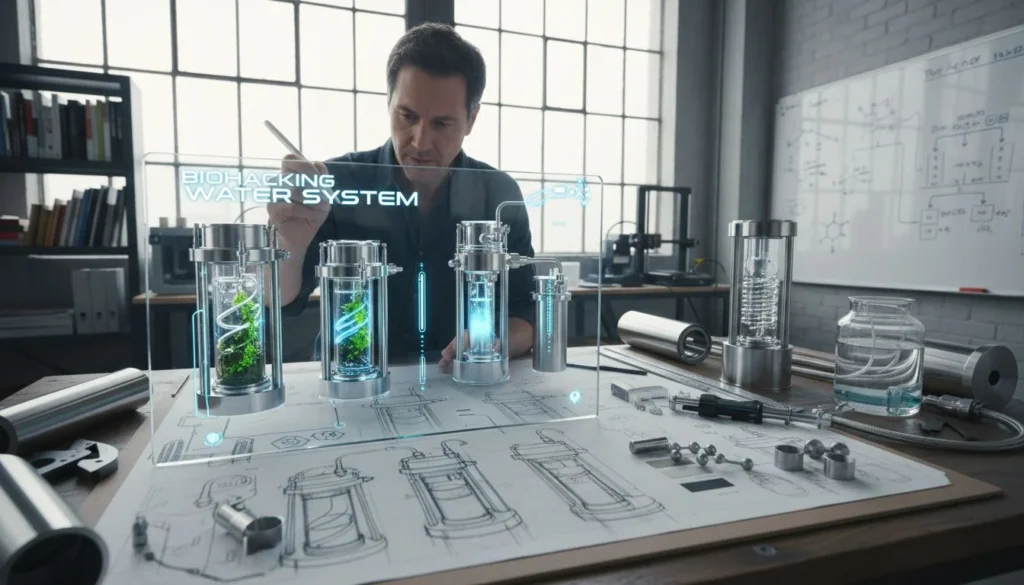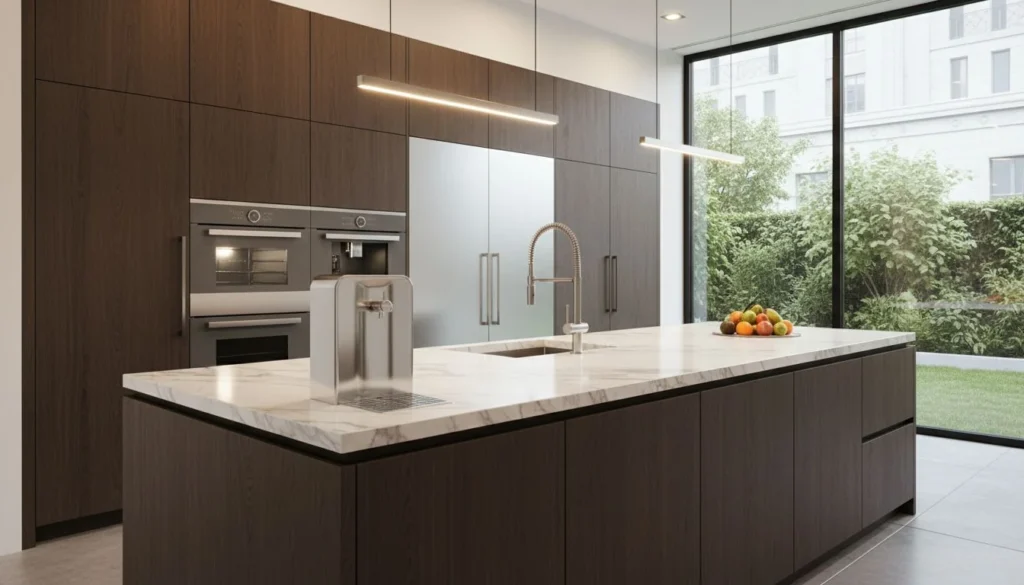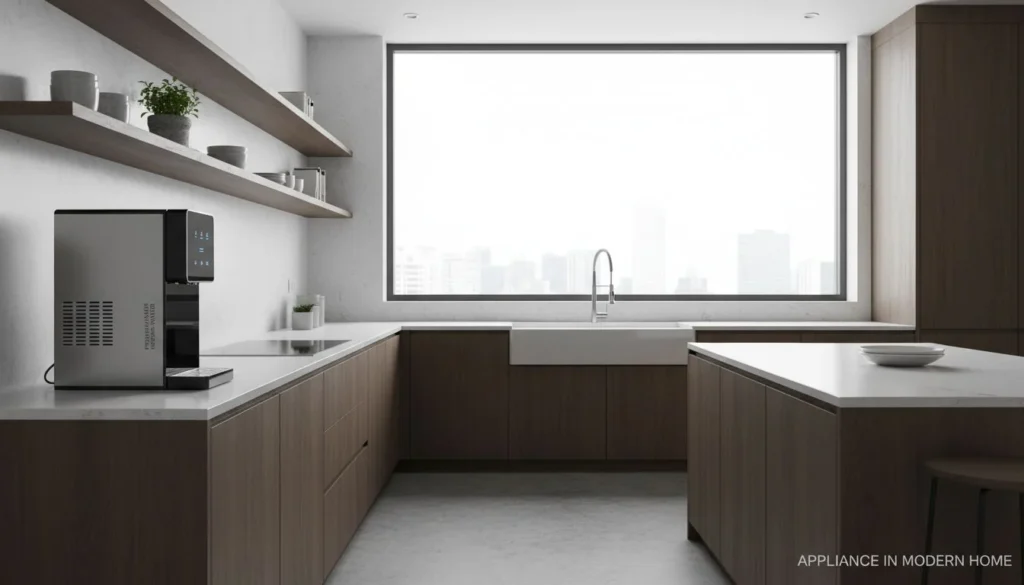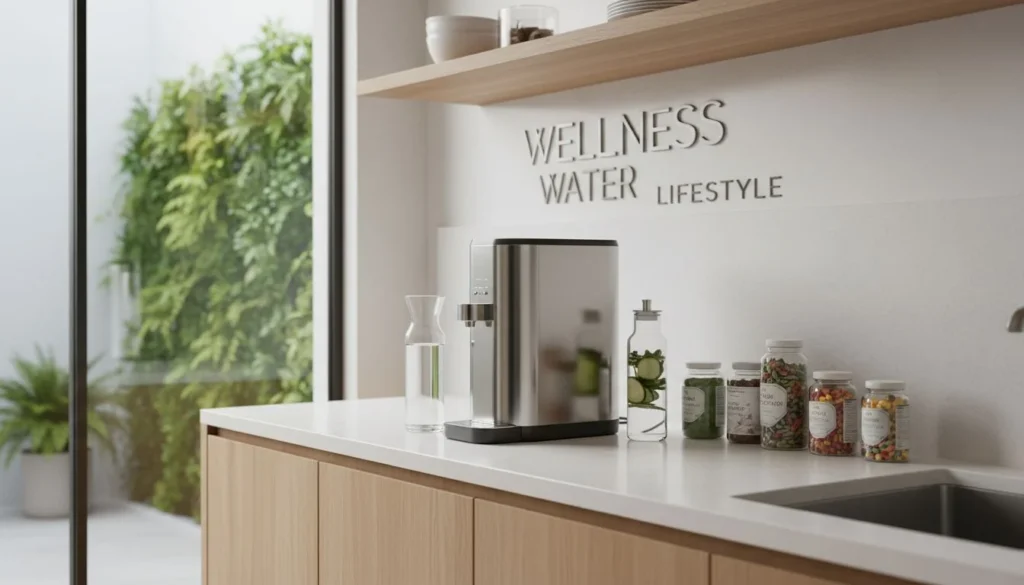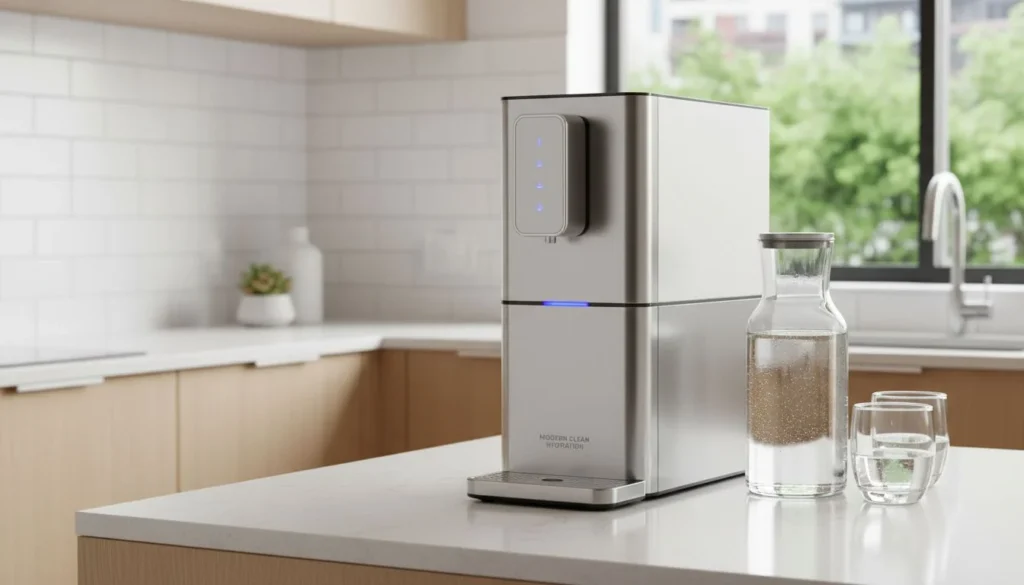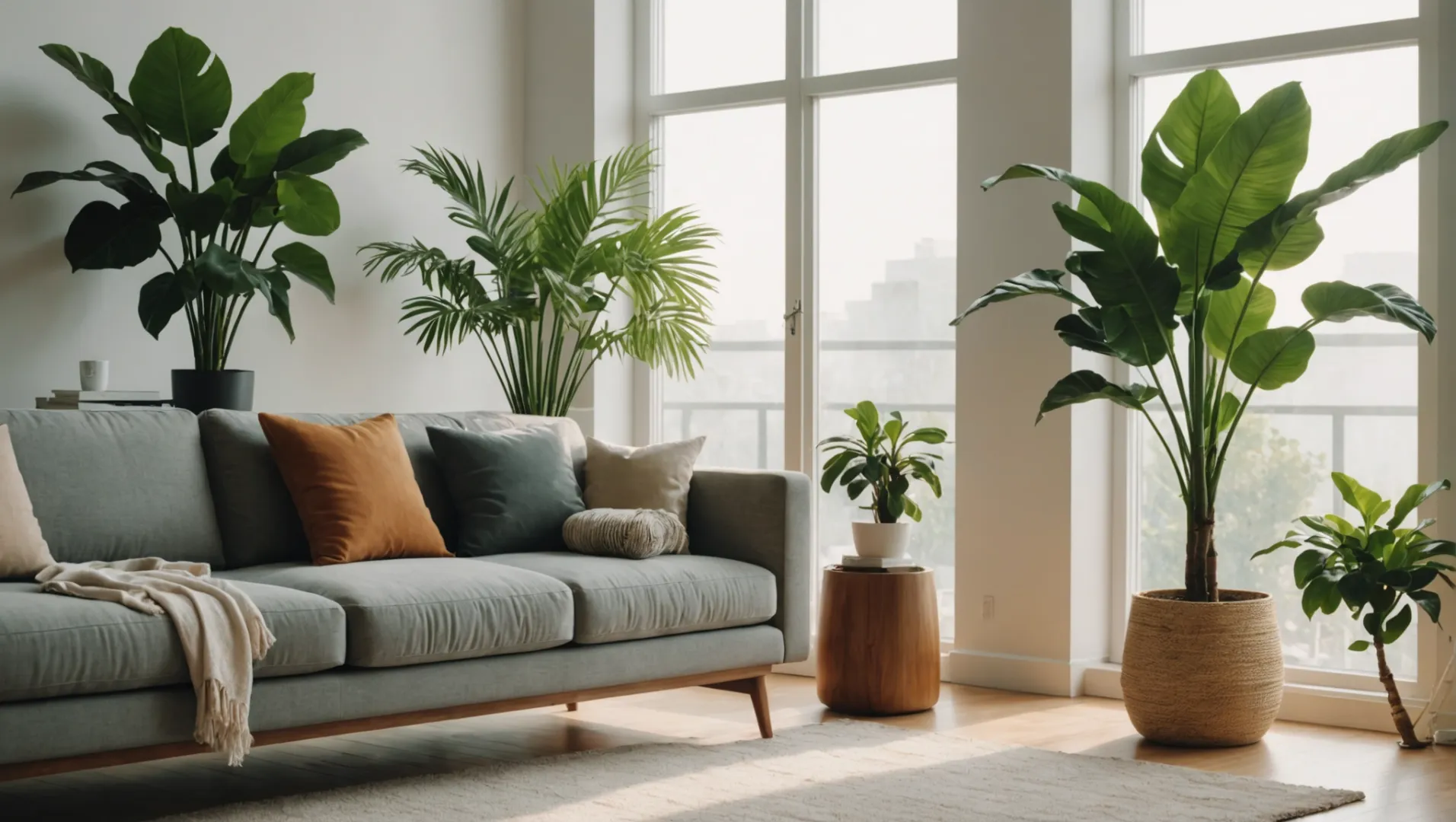
Are you considering an air purifier to tackle dust in your home? Join me as we unravel the mystery of these devices and discover if they truly deliver on their promise of cleaner air!
Air purifiers, especially True HEPA models, are highly effective at reducing dust, capturing 99.97% of particles as small as 0.3 microns. This makes them an excellent choice for improving indoor air quality.
While the effectiveness of air purifiers is promising, understanding the nuances of different models and technologies is crucial. In this blog post, we'll explore how these devices work, their benefits, and what you should consider before making a purchase.
True HEPA filters capture 99.97% of 0.3 micron particles.True
True HEPA filters are designed to trap particles as small as 0.3 microns with high efficiency.
What Makes True HEPA Filters So Effective?
True HEPA filters are renowned for their ability to capture a remarkable 99.97% of airborne particles as small as 0.3 microns, but what exactly contributes to this efficiency?
True HEPA filters are effective due to their dense fiber construction and ability to trap tiny particles like dust, pollen, and smoke. Tested by third-party labs, they ensure 99.97% filtration efficiency for particles 0.3 microns or larger, safeguarding health by improving air quality significantly.
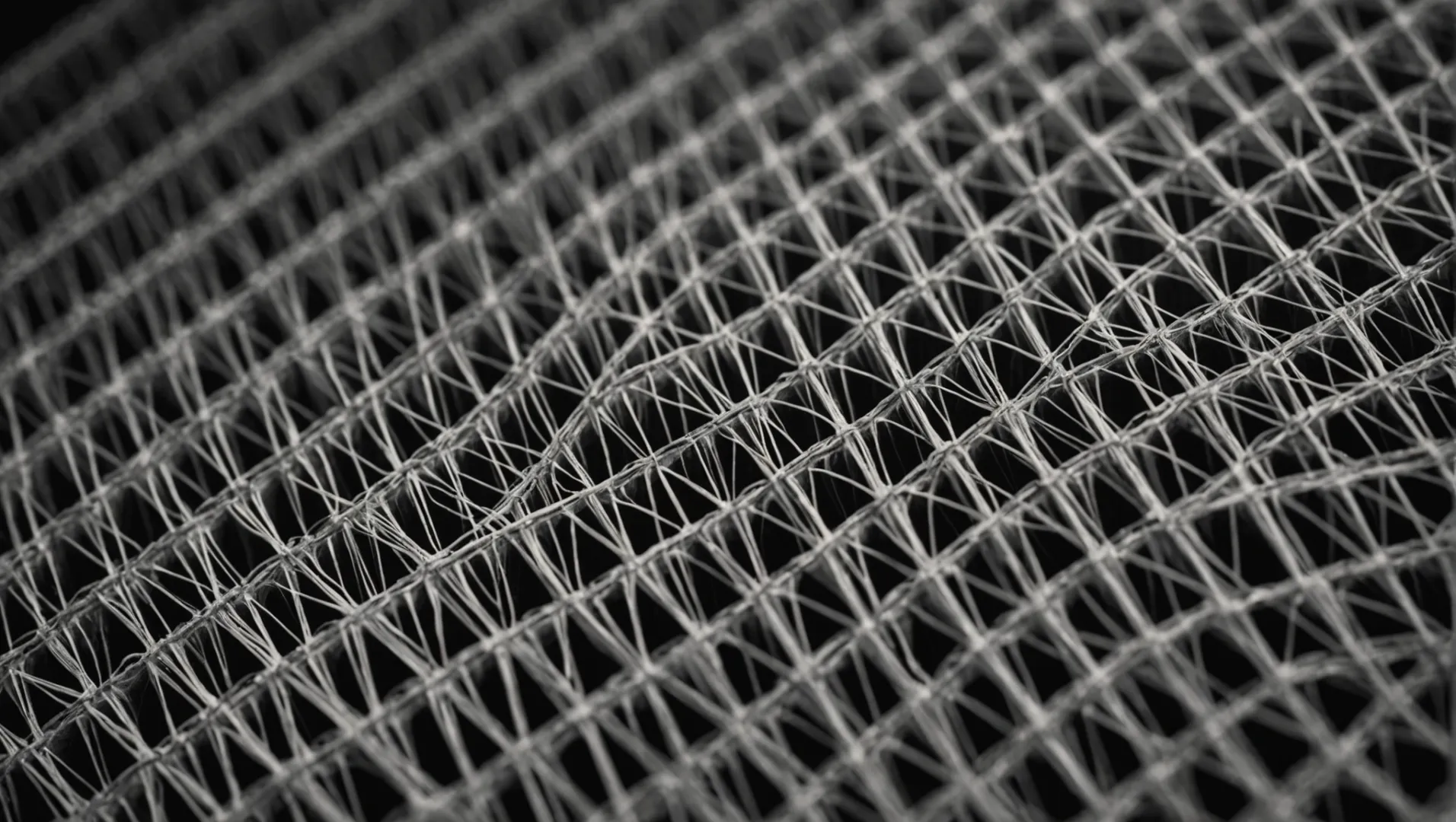
Understanding the Mechanism Behind True HEPA Filters
The key to the efficiency of True HEPA filters1 lies in their intricate design. These filters are constructed using densely packed layers of fibers that create a mat designed to trap particles through diffusion, interception, and impaction.
- Diffusion: Tiny particles collide with gas molecules and become trapped within the fibers due to their erratic movements.
- Interception: Airflow carries particles close enough to a fiber, allowing them to stick to it.
- Impaction: Larger particles traveling in a straight path collide directly with fibers and get trapped.
This multifaceted approach enables True HEPA filters to capture minuscule particles such as dust, pollen, mold spores, and even smoke.
Real-World Applications and Benefits
In environments prone to wildfires2, such as parts of the U.S., True HEPA filters play a crucial role. They can effectively remove smoke particles from the air, which are typically smaller than 1 micron. By closing windows and using a high-performance True HEPA air purifier on turbo mode for at least an hour, you can achieve significant air exchange, enhancing indoor air quality.
| Features | True HEPA Filter Effectiveness |
|---|---|
| Particle Size Removal | Captures 0.3 microns and larger |
| Filtration Efficiency | 99.97% |
| Common Uses | Allergies, smoke, dust reduction |
| Health Benefits | Reduces risk of respiratory issues |
Comparison with Other Technologies
While technologies such as UV light and ionizers exist, they don't match the effectiveness of True HEPA filters in capturing particles. UV light is more focused on killing bacteria and viruses, whereas ionizers work by electrically charging particles. However, these technologies may not efficiently trap all airborne contaminants.
For those suffering from dust allergies or living in areas with poor air quality, a True HEPA air purifier is often recommended over other options for its superior dust removal3 capabilities.
True HEPA filters capture 99.97% of particles 0.3 microns.True
True HEPA filters are tested to ensure they capture 99.97% of particles.
UV light is more effective than HEPA filters for dust removal.False
HEPA filters are more effective at capturing dust particles than UV light.
Can Air Purifiers Help with Allergies and Respiratory Issues?
Struggling with allergies or respiratory issues at home? Discover if air purifiers could be your solution to breathe easier.
Air purifiers, especially those with True HEPA filters, significantly alleviate allergies and respiratory issues by trapping allergens and pollutants as small as 0.3 microns.
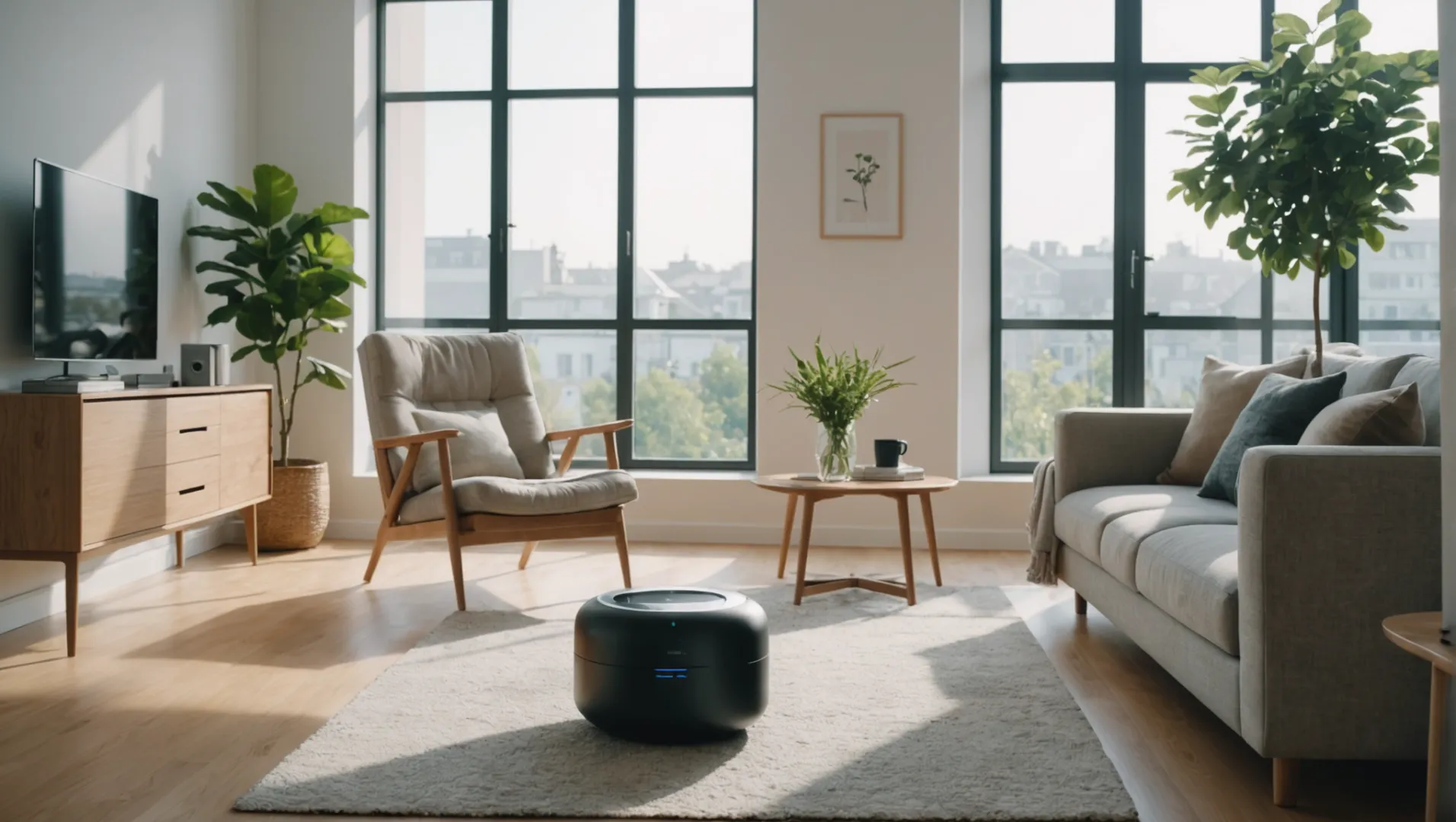
Understanding Airborne Allergens and Their Impact
Allergens like dust mites, pollen, pet dander, and mold spores are common indoor air pollutants that trigger allergies and respiratory issues. These particles can cause symptoms such as sneezing, congestion, coughing, and even asthma attacks. Air purifiers with True HEPA filters4 are designed to capture these tiny irritants, reducing their presence in your living space.
How True HEPA Filters Work
True HEPA filters are highly efficient in capturing airborne particles. They can trap up to 99.97% of particles as small as 0.3 microns, making them particularly effective for allergy sufferers. When used correctly, they can significantly reduce the concentration of allergens in the air, thus minimizing allergy symptoms.
Benefits of Air Purifiers for Respiratory Health
For individuals suffering from respiratory conditions such as asthma or chronic obstructive pulmonary disease (COPD), maintaining clean air is crucial. By removing harmful pollutants, air purifiers can prevent exacerbations of these conditions. During events like wildfire seasons5, when smoke and other pollutants increase drastically, an air purifier can become a vital tool in protecting respiratory health.
Additional Technologies in Air Purifiers
While True HEPA is the gold standard, some air purifiers incorporate additional technologies like activated carbon filters, UV light, or ionizers to further improve air quality. These features can help in neutralizing odors or killing bacteria and viruses, offering a more comprehensive solution for those dealing with severe allergies or respiratory problems.
Tips for Optimal Use
To maximize the benefits of an air purifier, consider the following tips:
- Placement: Position the purifier in areas where you spend the most time, such as bedrooms or living rooms.
- Regular Maintenance: Clean or replace filters according to manufacturer instructions to ensure efficiency.
- Room Size: Choose a model that matches the size of your room for optimal performance.
By understanding how different types of air purifiers work and their specific benefits, you can make an informed decision that best suits your needs and improves your indoor air quality.
True HEPA filters capture 99.97% of particles.True
True HEPA filters are designed to trap particles as small as 0.3 microns.
Air purifiers eliminate all indoor allergens.False
While effective, air purifiers cannot remove 100% of all allergens.
How Do Air Purifiers Perform During Wildfire Seasons?
Wildfires release a hazardous mix of smoke and fine particles. Can air purifiers offer relief during such times?
Air purifiers with True HEPA filters are effective during wildfire seasons, capturing smoke particles and improving indoor air quality significantly. By running them continuously in affected areas, they help reduce exposure to harmful pollutants.
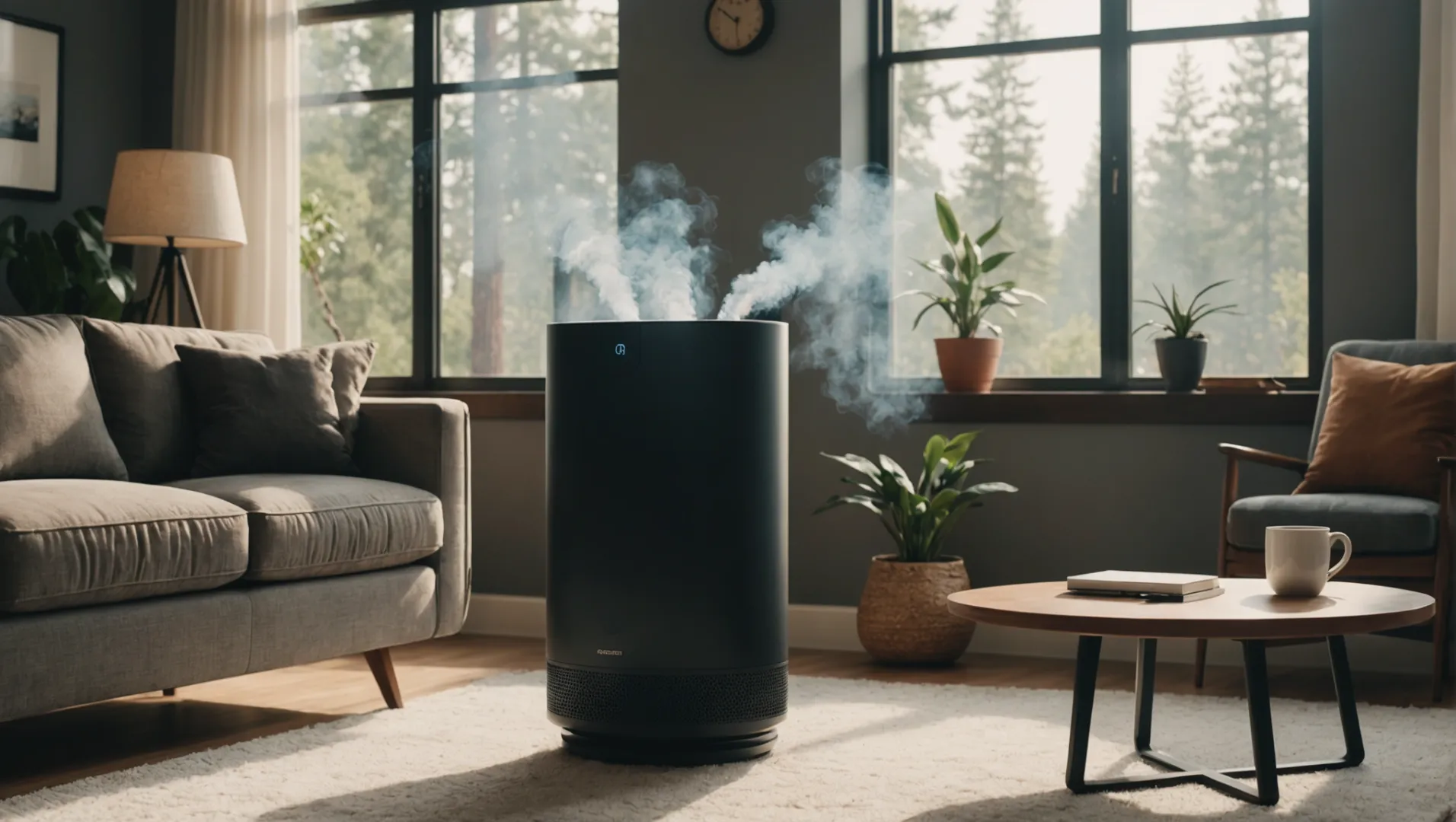
Understanding the Impact of Wildfire Smoke
Wildfires produce a cocktail of harmful substances, including fine particulate matter (PM2.5), carbon monoxide, and volatile organic compounds (VOCs). These pollutants can penetrate deep into the lungs and exacerbate respiratory conditions. During such events, the air quality outdoors deteriorates, affecting even indoor environments.
Role of True HEPA Filters
True HEPA filters, certified to capture 99.97% of particles as small as 0.3 microns, are ideal for dealing with wildfire smoke. They effectively trap the tiny particles that comprise smoke, significantly enhancing indoor air quality. In addition to smoke, these filters also remove dust and allergens.
Optimizing Air Purifier Usage During Wildfires
- Placement: Position the air purifier in rooms where you spend most of your time.
- Mode: Use turbo or high-performance mode for rapid air cleaning.
- Duration: Run the purifier continuously, especially when air quality indices show elevated pollution levels.
- Sealing: Keep windows and doors closed to prevent outdoor smoke from infiltrating your home.
| Mode | Air Exchange Rate | Recommended Usage |
|---|---|---|
| Turbo | 5-6 times/hour | During peak pollution periods |
| Normal | 3-4 times/hour | Regular use to maintain air quality |
Limitations and Additional Considerations
While True HEPA filters are highly effective, it's important to note that they do not remove gases like carbon monoxide. For comprehensive protection, consider models that include activated carbon filters to absorb odors and gaseous pollutants. Also, regular maintenance of the filters is crucial to ensure optimal performance.
Effectiveness of True HEPA in Smoke Filtration6: Delve deeper into why these filters are preferred during wildfire seasons.
Alternative Technologies for Air Purification7: Explore other technologies like UV light and ionizers and their effectiveness against smoke and dust.
Staying informed about local air quality indices8 can help you decide when to activate your air purifier and adjust settings for maximum benefit.
True HEPA filters remove 99.97% of smoke particles.True
True HEPA filters capture particles as small as 0.3 microns, including smoke.
Air purifiers can eliminate carbon monoxide from wildfire smoke.False
HEPA filters do not remove gases; activated carbon filters are needed.
Are There Alternatives to HEPA Air Purifiers for Dust Control?
HEPA air purifiers are renowned for dust control, but are there other viable options available?
Alternatives to HEPA air purifiers include electrostatic air cleaners, activated carbon filters, and ionizers. While these can assist in dust reduction, they vary in effectiveness compared to True HEPA models.

Exploring Electrostatic Air Cleaners
Electrostatic air cleaners use electrically charged plates to capture dust particles. These devices can be effective for larger particles, but they may not capture smaller particulates as efficiently as True HEPA filters. The maintenance of these systems involves frequent cleaning of the plates to ensure optimal performance.
Activated Carbon Filters
Activated carbon filters are primarily known for removing odors and gases rather than solid dust particles. However, they are often used in conjunction with other filtration systems to enhance overall air quality. They can be a supplementary choice alongside other methods but might not suffice for significant dust removal on their own.
Ionizers: Pros and Cons
Ionizers release charged ions into the air, which attach to dust particles, making them heavy enough to fall to the ground. While this method can reduce airborne dust, it doesn't remove the particles from the environment entirely. Some ionizers can also produce ozone, which can be a concern for indoor air quality.
Comparing Alternatives
| Method | Effectiveness on Dust | Additional Benefits |
|---|---|---|
| HEPA Air Purifiers | High | Effective against small particles |
| Electrostatic Air Cleaners | Moderate | Can be cost-effective with regular cleaning |
| Activated Carbon Filters | Low | Excellent for odor removal |
| Ionizers | Variable | Can help reduce dust but may produce ozone |
When considering alternatives to True HEPA air purifiers9, it's essential to evaluate your specific needs, such as the size of the space and any additional concerns like odors or chemical vapors. Combining multiple methods might offer a comprehensive solution for improving indoor air quality.
Electrostatic air cleaners capture smaller particles than HEPA.False
Electrostatic cleaners are less effective on smaller particles than HEPA.
Ionizers can produce ozone, affecting indoor air quality.True
Some ionizers release ozone, which can impact air quality.
Conclusion
In my journey to cleaner air, I've discovered that True HEPA filters are a powerful solution for reducing dust and improving indoor air quality. Choose wisely based on your environment and specific needs.
-
Explore detailed insights into how True HEPA filters operate.: A high-efficiency particulate air (HEPA) filter can remove 99.97% - 99.99% of airborne particles that are equal to, smaller or larger than 0.3 microns in size. ↩
-
Learn how HEPA filters handle smoke particles effectively.: And true-HEPA air filters are exceptionally good at removing particles of that size from the air. ↩
-
Find the top-rated air purifiers specifically designed for dust control.: We've tested more than 60 air purifiers in the past nine years, and the exceptional Coway Airmega AP-1512HH Mighty is our top pick among them. ↩
-
Learn about the efficiency and function of True HEPA filters.: A high-efficiency particulate air (HEPA) filter can remove 99.97% - 99.99% of airborne particles that are equal to, smaller or larger than 0.3 microns in size. ↩
-
Understand how air purifiers perform amidst increased smoke and pollutants.: Room air cleaners can help to remove fine particles from the air in your home during a wildfire smoke event. ↩
-
Understand why True HEPA filters excel in capturing smoke particles.: And true-HEPA air filters are exceptionally good at removing particles of that size from the air. Our top picks, the Coway AP-1512HH and nearly ... ↩
-
Learn about other air purification technologies and their effectiveness.: Examples of proactive purification include ion generators, photocatalytic oxidation, and ActivePure's proprietary technology. ↩
-
Access real-time data to monitor local air quality conditions.: The AirNow Fire and Smoke Map includes crowdsourced data from thousands of air quality sensors, in addition to data from thousands of permanent PM2.5 monitors ... ↩
-
Learn about the efficiency and capabilities of True HEPA filters.: True HEPAs last longer and can operate 24 hours a day, 365 days a year. You can effectively eliminate dust, pet dander, pollen, mold, bacteria, ... ↩


